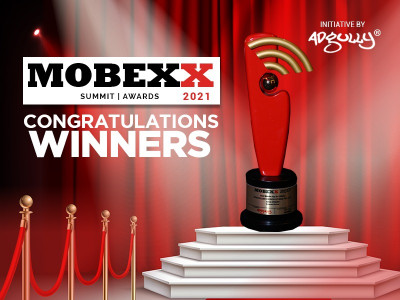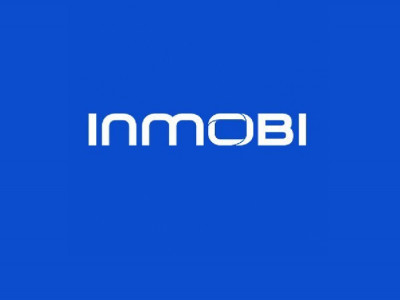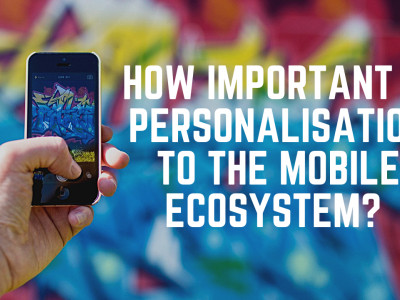How to evaluate the effectiveness of mobile marketing strategies/campaigns
Authored by by Mr. Girish Chowdhary, Head of Supply, XY Ads.
In the modern era driven by technology, organizations across sectors and industries are leveraging tech-enabled solutions to streamline business operations. The surge in digital transformation is also changing the metrics of key business areas including product development, marketing and communication among others. Brands have been readily using the advantages of digital presence for awareness, promotion and establishment. The soaring digitalization has reluctantly changed the patterns of customer behaviour along with their needs. New-age tech-savvy users such as Gen-Z and millennials are now reliant on digital devices, and among them, smartphones have become the most preferred device for online shopping, news, utility, payment, shopping, entertainment, games, finance, etc. Therefore, to cater to the needs of these modern-day netizens, brands are using mobile marketing strategies to connect with them at multiple touch-points and lure them into the marketing funnel via personalized content (ads). However, the main point to ponder is how the effectiveness of the marketing campaigns is measured and the methods to optimize them according to the changing demands of the customers.
Key metrics to measure the effectiveness of mobile marketing campaigns
Mobile marketing is gaining momentum to be a comprehensive marketing strategy, thanks to the rise of smartphones, internet accessibility and a tide of social media. The measurement typically points out the customer’s behavioural pattern and lets the brands know their problem areas to improve. For instance, if the interface of an application is lagging, the customer might bounce back to other competitors leading to the declination of reputation and sales. Therefore, to determine whether a brand is performing well in the market, it is essential to segregate a few pre-requisite metrics on which the campaign's success can be measured. These KPIs help to determine the performance of the marketing strategy in the terms of customer acquisition, loyalty, retention, awareness etc.
The effectiveness of the marketing campaign must align with the end mile goals of the brand. These goals can include driving sales of the product/service, initiating support for customer engagements, and retentions, increasing brand awareness and promoting the business via ads across viable platforms. There is also a need to analyze these goals at a regular interval of time to address the progress and optimize the strategies for desired outcomes.
Social Metrics to hear customer’s voice
Until this day, word of mouth is considered a well-recognized metric to determine a product/brand's popularity. This metric usually indicates how well a brand is performing on social media platforms. Modern-day marketers often use social media monitors to track how well the information about the organization, brand or product is perceived by prospective customers online. The collective measurement is in the gist of audience sentiment, whether positive or negative. It is a crucial criterion as the marketers must take hold of the time and efforts they are spending which can directly affect the ROI. However social media conversations are dispersed and far-flung, and marketers face trouble in consolidating the information in a meaningful manner. With social media analytics tools, they can gather data and make advances in data visualization, analysis and predictive modelling to convert scattered information into useful statistics. By successfully implementing these techniques, the effectiveness of mobile marketing strategies can be measured efficiently and insight into the customer’s needs can be congregated.
Retention for measurement of churn rate
While launching an application, a brand must know how the user is meant to interact with it. Customer retention rate is an essential metric which sheds light on the why and how users stay on the app over a long timeframe. However, sometimes, the app experiences a churn, which is a measure of how many potential customers stopped using the app in a given period of time (1 day, 7 days and 30 days). App retention is calculated by dividing monthly active users by monthly installations.
The strategy can be structured based on the user base the brand is targeting i.e. android or iOS. This can also include the measurement of CPI (Cost per install) and CPLU (Cost per loyal user) in response to seeing an advertisement. Both of these metrics when used ARPU (Average revenue per user) determine the return on investment for the brand’s marketing efforts. The crucial element is to reduce the CAC (Customer Acquisition Cost) and calculate the ROAS (Return on Ad spend), which is the measure of revenue earned for cost spend on the advertisement campaign.
Measuring user engagement to build a ‘cohort’
A brand employs a variety of strategies to capture the attention of netizens and convert them into loyal customers. This method can include curating content that is personalised and targeted based on an analysis of the visitor's behaviour. Engagement is a strategy in which the brand wants customers to use the application frequently and for longer periods of time. The most important metrics to monitor are session length, session interval, and application screen per session, as well as the conversion rate in the case of an event, interaction rate, opt-ins and opt-outs.
Engaged customers act as bread and butter for the brand. They not only give decent reviews to the application/product/service but also recommend these to other users, making the campaign profitable. With cutting-edge strategies such as offers and discounts, these customers can be ‘cohorted’ to unwind the behavioural trends and gain insight into the actions that lead to higher engagements.
All things considered
The main thing that reckons in any marketing strategy is agility, flexibility and creativeness. Measuring the effectiveness of the marketing campaigns can save a brand from exhaustive decision-making and save costs which sharply leads to higher ROI. KPIs also help the brand to create better content (text, video etc.) and measure what is performing well, engaging better customers so that the underperforming content can be eliminated. A brand must create an emotional connection with its customer in order to expect loyalty.
Personalization and localization are crucial factors to create several touch-points under a marketing strategy. Audio, video, blogs, and content partnerships are some methods to make brand communication mobile-friendly. Organizations must be updated with megatrends such as multi-device behaviour, omnichannel approach, attribution strategies, A/B testing etc., to optimize advertisement campaigns for cost-effectiveness.
According to Statista, mobile advertisement spending will surpass $339 billion by 2023 and the mobile marketing market size will nearly double by 2024, clearly stating how deeply mobile technologies are embedded in digital infrastructure. Therefore, with the growing significance, brands must make sure to use it efficiently and make the most out of its potential to retain a competitive edge in the digital space.
DISCLAIMER: The views expressed are solely of the author and Adgully.com does not necessarily subscribe to it.


















Share
Facebook
YouTube
Tweet
Twitter
LinkedIn